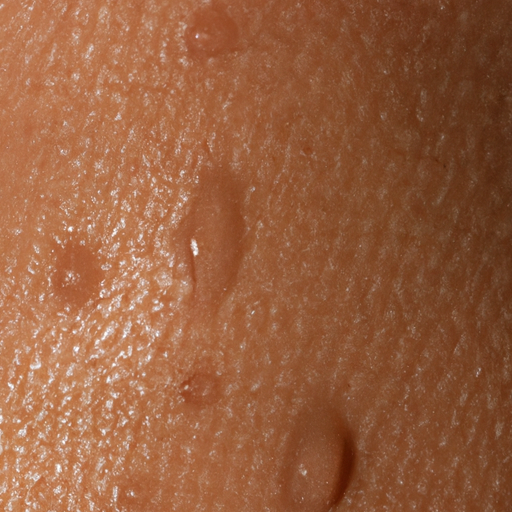As a dermatologist, I encounter a multitude of skin types and conditions daily, but one of the most common issues that patients present with is oily skin. Oily skin can be a source of discomfort and embarrassment for many, often leading to acne, blackheads, and a shiny complexion. However, understanding the causes and treatments of oily skin can help manage this condition effectively.
Oily skin is primarily caused by an overproduction of sebum, an oily substance produced by the sebaceous glands in the skin. While sebum is essential for keeping the skin healthy and hydrated, an excess can lead to oily skin, clogged pores, and acne. Factors contributing to oily skin can be genetic, hormonal changes, environmental factors, diet, stress, or incorrect skincare routines.
Diagnosing oily skin is usually straightforward. The telltale signs include a shiny or greasy appearance, large or noticeable pores, and frequent breakouts. If you notice blotting sheets quickly becoming saturated with oil or makeup not staying on your face due to excessive oil, you likely have oily skin. However, it’s always best to consult with a dermatologist for an accurate diagnosis.
Once diagnosed, it’s crucial to understand that oily skin requires a specific skincare routine. Contrary to popular belief, drying out your skin with harsh products can exacerbate oil production as your skin tries to compensate for the lack of moisture. Instead, opt for gentle, oil-free, and non-comedogenic products that won’t clog your pores.
A good skincare routine for oily skin should include a gentle cleanser to remove excess oil and impurities. Follow this with a toner containing salicylic acid or glycolic acid that can penetrate the pores and remove excess sebum. Moisturizing is also crucial – opt for light, water-based moisturizers that hydrate without adding extra oil. Lastly, don’t forget to apply sunscreen during the day, as sun exposure can stimulate oil production.
In addition to topical treatments, certain lifestyle changes can also help manage oily skin. A diet high in processed foods and sugars can stimulate oil production, so opt for a balanced diet rich in fruits, vegetables, lean proteins, and whole grains. Regular exercise can also help regulate hormones and decrease oil production.
For severe cases of oily skin that don’t respond to over-the-counter products, several medical treatments are available. Prescription creams and lotions with retinoids can help reduce oil production. Oral medications like isotretinoin are highly effective but should be used as a last resort due to their potential side effects. Hormonal therapies can also be beneficial for women who experience oily skin due to hormonal imbalances.
In-office treatments like chemical peels, laser therapy, and photodynamic therapy can also help reduce oil production and improve the appearance of oily skin. However, these treatments should only be performed by a qualified dermatologist and may require multiple sessions for optimal results.
In conclusion, while oily skin can be challenging to manage, understanding its causes and implementing appropriate skincare routines can significantly improve its appearance and prevent associated issues like acne. Remember, every skin type is unique, and what works for one person may not work for another. Therefore, it’s always best to consult with a dermatologist to create a personalized treatment plan for your oily skin.




